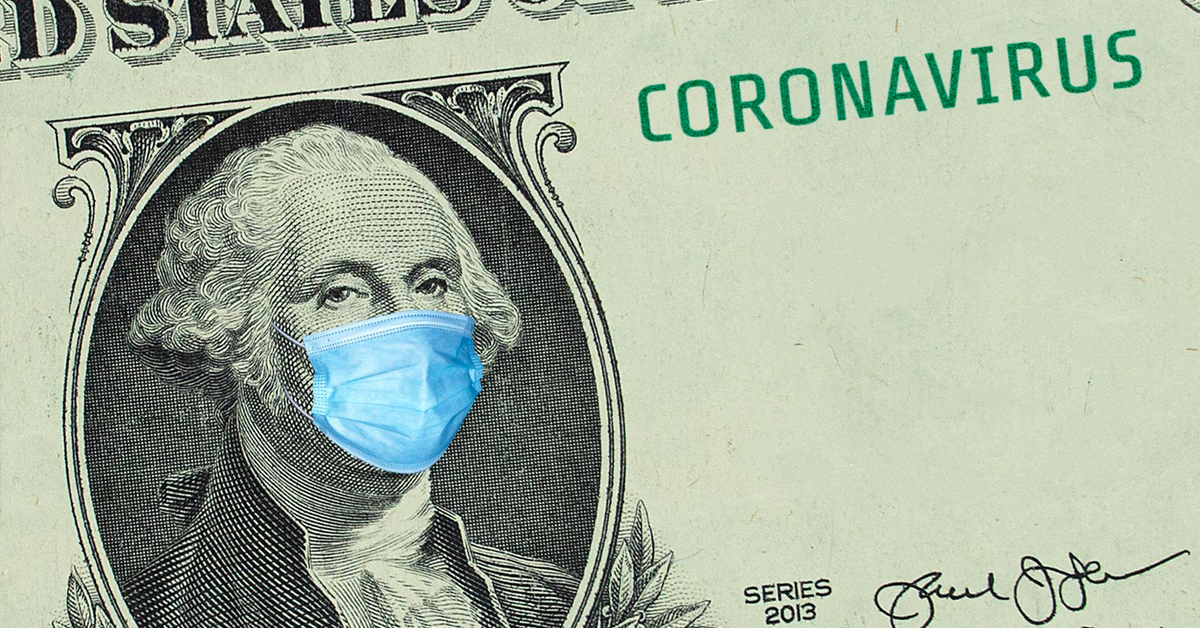After a 16-year ban, Fresno residents can once again request new speed bumps in their neighborhoods.
The Fresno City Council approved an ordinance Thursday which implements a process for placing new speed bumps on streets by a 4-2 vote, allowing residents to apply for speed bumps on their streets as long as they gather 75 percent support from the houses on their block.
However, a controversial amendment which removed the ability for residents to privately fund the new undulations spurned a heated discussion on equity and class warfare.
Councilman Miguel Arias introduced three amendments to the ordinance: making transit routes eligible for speed bumps, removing the ability for private citizens to fund speed bumps and removing the application fee for residents.
Transit routes were initially going to be off the table for any speed bumps, but there are some transit routes – including one near Computech Middle School that Arias used as an example – that need them for public safety.
However, the back and forth on the dais started after Arias’ comments on not allowing people to privately fund the new speed bumps.
“We felt that that would create an inequity if we allowed some folks with the means to pay for the speed bumps while other folks that didn’t have the means wouldn’t be able to do that,” Arias said.
Under the initial proposal, residents who wished to privately fund the program would see their speed bump project bypass the ranking system that will be used for all projects publicly funded.
Councilman Garry Bredefeld questioned that decision, calling it absurd and a shame that the city would prevent residents from improving their neighborhoods with their own money.
“Why wouldn’t we want people, if they could afford to pay for it, not to have the taxpayers fund it? I would think we ought to do that. You raised it as an inequity issue. I see it becoming an inequity issue when you say people who can afford to pay for the speed bump, ‘Well shame on you, we’re not going to let you do it because maybe some other neighborhood can’t afford it,’” Bredefeld said.
“That’s absurd. We want every neighborhood to thrive and to be able to afford whatever they want for their neighborhoods, not to punish those who might be able to afford it, meet all the criteria, get 75 percent. Why would we want to punish them and say, ‘No, we’re not going to let you do it. We’re going to make sure the taxpayers pay for it.’ It’s absurd.”
Arias said the fear was that residents who could not afford to fund the speed bumps privately would have to wait longer for the public funding to come through, opposed to those who could front the projects themselves.
Public Works Director Scott Mozier clarified that if the privately funded aspect was kept in the ordinance, those residents would hire a contractor at their own schedule to complete the project.
The full cost to insert a set of speed bumps on a street is currently $7,500, Mozier said.
“It’s just illogical,” Bredefeld said. “It’s class warfare. It’s covert class warfare, and it’s not something we ought to be supporting in the name of equity.”
Councilwoman Esmeralda Soria said she agreed with Bredefeld in allowing residents to privately fund speed bumps, but when it came time to vote on that specific matter, she did not throw her support either way.
Bredefeld motioned to remove Arias’ amendment that removed the private funding part, but the council shot it down by a 2-3 vote. Soria abstained and Councilman Luis Chavez was absent, while Councilman Mike Karbassi joined Bredefeld in support.
ARPA Spending
With $170 million headed to the City of Fresno in coronavirus stimulus via the American Rescue Plan Act of 2021 (ARPA), Mayor Jerry Dyer’s administration presented the public’s wish list for the funds as well as recommendations for how to allocate it.
Fresno has $85.4 million available in ARPA funding to dish out – with another payment of the same amount coming in May – and the city sent out a survey to residents to see how people want the funds to be spent.
More than 800 Fresno residents responded, with public safety, housing, homelessness and infrastructure improvements as the most common asks.
The council has already allocated $28.2 million in annual appropriations, leaving $57.2 million left.
“Everything that you see on here quite frankly came from you, all the council,” Dyer told the council. “Now what we need to do is make sure that what we have that we all agree upon, and I think that’s going to be what we now do in the follow up meeting when we come back with a final action plan on this.”
The following is Dyer’s recommendations for how to spend the money, leaving $20.7 million to spare:
- Public sector revenue replacement: $10 million
- 39th AAR Abatement Team: $420,000
- Fresno Police Officers agreement: $3.3 million
- IAFF (Fresno City Firefighters) “Me Too” compensation increase: $369,600
- Approved labor agreements: $1.2 million
- Fire overtime: $1.2 million
- FPOA retroactive payments: $1.3 million
- 9-1-1 call center: $2 million
- Peach Property Phase 1: $8.5 million
- Van Ness and Weldon Park: $999,900
- Real estate purchases: $2.6 million
- Personal protective equipment: $100,000
- Small business assistance: $4.5 million
- Neighborhood infrastructure: $25 million
- Community partnerships: $10 million
- H Street warehouse: $5 million
- Landlord incentives/rent stabilization grants: $1 million
- Lighting repairs at Downtown Fresno’s brewery district: $500,000









